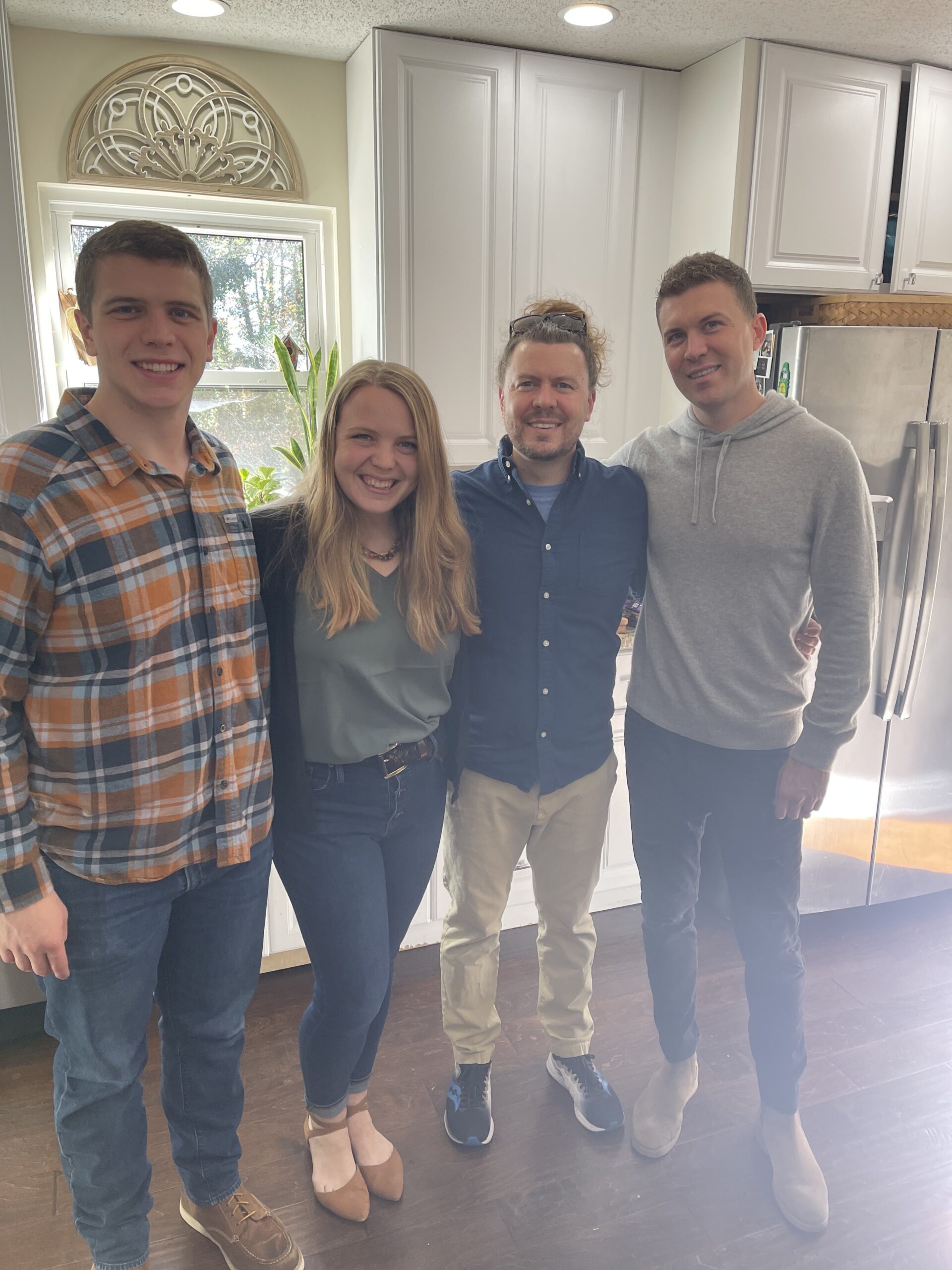For open injuries, hand surgeons use another classification method where zone I is split up into four different types.2 For our purposes, we will focus on open injuries with an associated tendon injury that you have identified on exam. If the injury results in physical loss of part of the tendon or significant avulsion of the skin, the surgeon will likely need to take the patient to the operating room for a possible graft, and we should cover them with antibiotics in the ED. However, if there is only loss of tendon continuity, we can suture the tendon back together, splint only the DIP in mild hyperextension, and have the patient follow up as an outpatient with the hand surgeon.6 For these tendon laceration repairs, you may want to use a roll stitch, or dermatotenodesis, that incorporates both the overlying skin and tendon using 4-0 or 5-0 nonabsorbable sutures as detailed in Figure 2.
Explore This Issue
ACEP Now: Vol 34 – No 12 – December 2015Zone II: This zone consists of the middle phalanx, and closed injuries can be placed in an extension splint for three to four weeks if there is only minimal weakness on extension. However, significant extensor lag will need to be explored by a hand surgeon on an outpatient basis.8 Open tendon lacerations overlying the middle phalanx can be repaired primarily in the ED using a roll stitch as described above in zone I, splinting the DIP in extension with outpatient follow-up with the hand surgeon.
Any pain on extension or extension lag at the proximal interphalangeal joint on presentation to the ED should raise your suspicion for potential central slip rupture.
Zone III: The most well-known closed injury of zone III is perhaps rupture of the central slip, which results in the commonly tested Boutonniere deformity typically two to three weeks after the injury. Any pain on extension or extension lag at the proximal interphalangeal (PIP) joint on presentation to the ED should raise your suspicion for potential central slip rupture. These patients should be placed in a dorsal or volar splint that keeps the PIP in extension while allowing for full range of motion of the DIP.9 The complexity of the extensor mechanism surrounding the PIP requires the training of an orthopedic surgeon for repair of open lacerations of the tendon. For an extensor tendon laceration identified within the ED, we can suture the overlying laceration, splint the wrist in 30° of extension, the metacarpophalangeal joint (MCP) in 15° of flexion, and the PIP in the neutral position with outpatient follow-up with a hand surgeon.10
Pages: 1 2 3 4 | Single Page




No Responses to “Emergency Department Management of Extensor Tendon Lacerations”